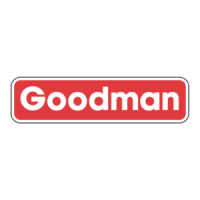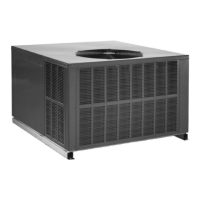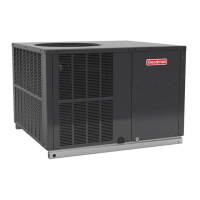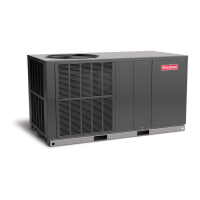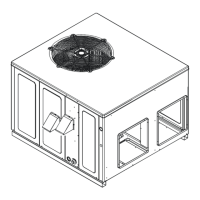6
Remove wood shipping rails prior to
installation of the unit.
•
proper condensate drainage, the unit must be mounted
level.
•
building, and at least three feet above any forced air
inlet located within ten feet. The economizer/manual
fresh air intake/motorized fresh air intake and combus-
restriction.
• To avoid possible corrosion of the heat exchanger, do
-
Common sources of such compounds include swim-
ming pool chemicals and chlorine bleaches, paint
stripper, adhesives, paints, varnishes, sealers, wax-
construction and remodeling. Various commercial and
industrial processes may also be sources of chlorine/
• To avoid possible illness or death of the building occu-
-
omizer, manual fresh air intake, motorized fresh air
-
required, consult local codes.
•
maintained.
•
unit must never be obstructed. If used, do not allow the
economizer/manual fresh air damper/ motorized fresh
air damper to become blocked by snow or debris. In
some climates or locations, it may be necessary to ele-
vate the unit to avoid these problems.
• When the unit is heating, the temperature of the return
air entering the unit must be between 50° F and 100° F.
• Units manufactured on or after May 1, 2017 are not
permitted to be used in Canada for heating of buildings
or structures under construction.
• When the unit is installed on the ground adjacent to
-
ommended. Prepare a base that is 3” larger than the
package unit footprint and a minimum of 3” thick.
•
water from higher ground can collect in the unit.
To ensure proper condensate drainage, unit must be
installed in a level position.
• To avoid possible property damage or personal injury,
required by local codes. Consult a structural engineer
to determine the weight capabilities of the roof.
•
Class A, Class B, or Class C roof covering material.
•
service personnel should be provided.

